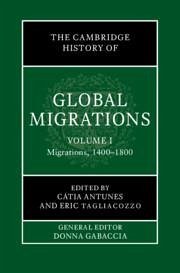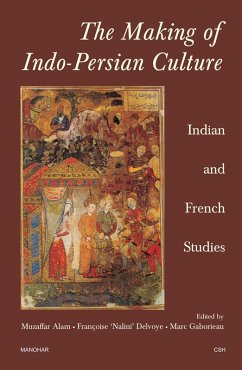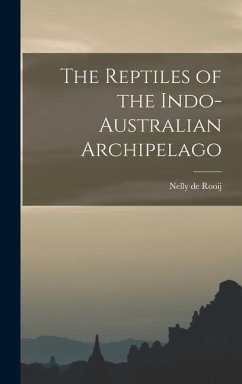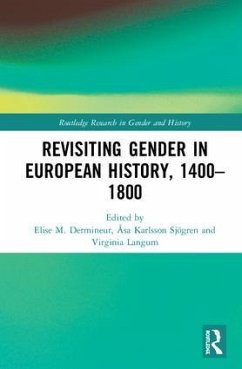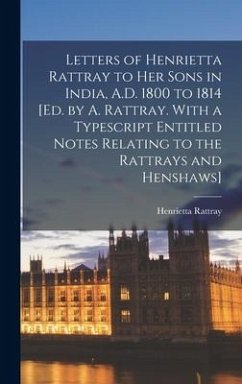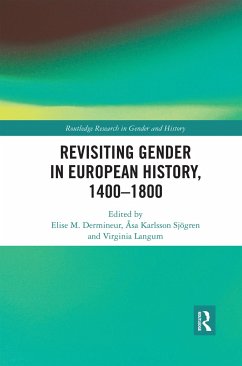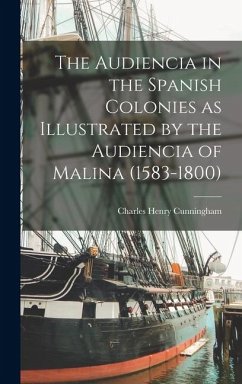
Indo-Persian Travels in the Age of Discoveries, 1400-1800
Versandkostenfrei!
Versandfertig in 1-2 Wochen
123,99 €
inkl. MwSt.

PAYBACK Punkte
62 °P sammeln!
A study of Persian travel-accounts, dealing with India, Iran, and Central Asia between 1400-1800.A groundbreaking work based on detailed and sensitive readings of travel accounts in Persian, dealing with India, Iran, and Central Asia between about 1400 and 1800. This is the first comprehensive treatment of this neglected genre of literature (safar nama) that links the Mughals, Safavids and Central Asia in a crucial period of transformation and cultural contact. The authors' close reading of these travel-accounts help us enter the mental and moral worlds of the Muslim and non-Muslim literati wh...
A study of Persian travel-accounts, dealing with India, Iran, and Central Asia between 1400-1800.
A groundbreaking work based on detailed and sensitive readings of travel accounts in Persian, dealing with India, Iran, and Central Asia between about 1400 and 1800. This is the first comprehensive treatment of this neglected genre of literature (safar nama) that links the Mughals, Safavids and Central Asia in a crucial period of transformation and cultural contact. The authors' close reading of these travel-accounts help us enter the mental and moral worlds of the Muslim and non-Muslim literati who produced these valuable narratives. These accounts are presented in a comparative framework, which sets them side by side with other Asian accounts, as well as early modern European travel-narratives, and opens up a rich and unsuspected vista of cultural and material history. This book can be read for a better understanding of the nature of early modern encounters, but also for the sheer pleasure of entering a new world.
Table of contents:
1. Introduction: the travel-account from Beijing to the Bosphorus; 2. From Timur to the Bahmanis: fifteenth-century views; 3. Courtly encounters; 4. An ocean of wonders; 5. When hell is other people; 6. An eastern mirror; 7. The long road to rum; 8. On early-modern travel.
A groundbreaking work based on detailed and sensitive readings of travel accounts in Persian, dealing with India, Iran, and Central Asia between about 1400 and 1800. This is the first comprehensive treatment of this neglected genre of literature (safar nama) that links the Mughals, Safavids and Central Asia in a crucial period of transformation and cultural contact. The authors' close reading of these travel-accounts help us enter the mental and moral worlds of the Muslim and non-Muslim literati who produced these valuable narratives. These accounts are presented in a comparative framework, which sets them side by side with other Asian accounts, as well as early modern European travel-narratives, and opens up a rich and unsuspected vista of cultural and material history. This book can be read for a better understanding of the nature of early modern encounters, but also for the sheer pleasure of entering a new world.
Table of contents:
1. Introduction: the travel-account from Beijing to the Bosphorus; 2. From Timur to the Bahmanis: fifteenth-century views; 3. Courtly encounters; 4. An ocean of wonders; 5. When hell is other people; 6. An eastern mirror; 7. The long road to rum; 8. On early-modern travel.






